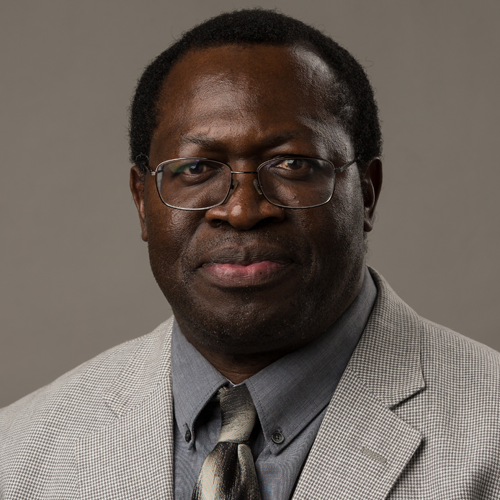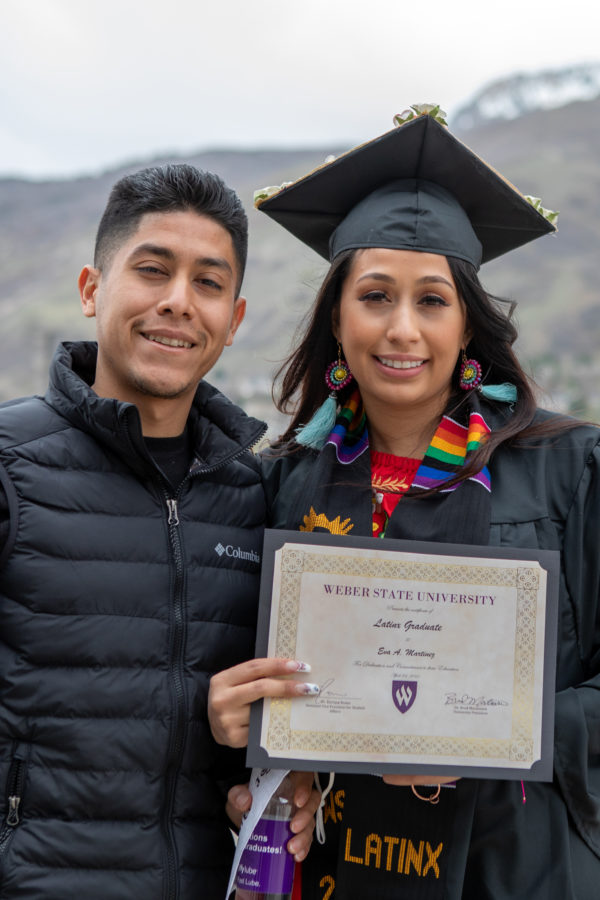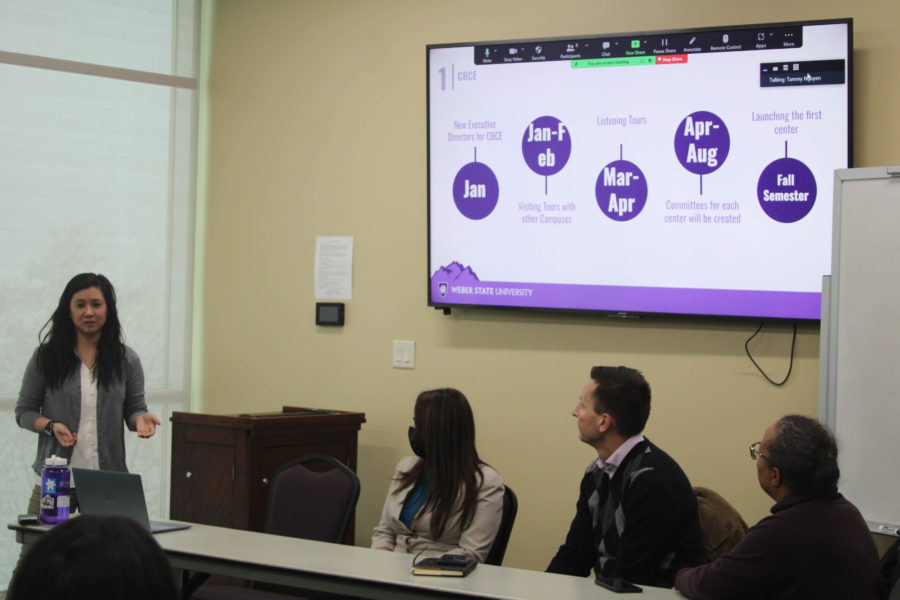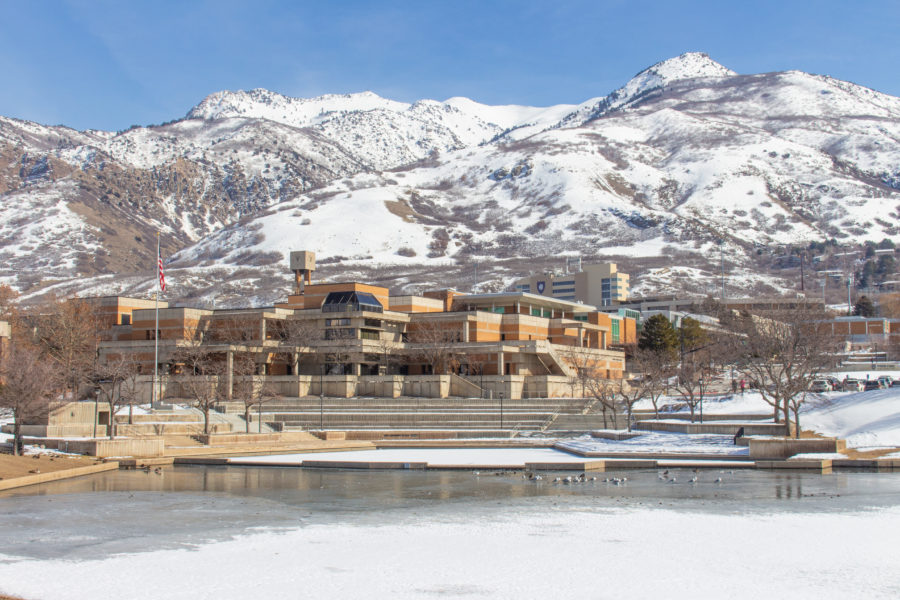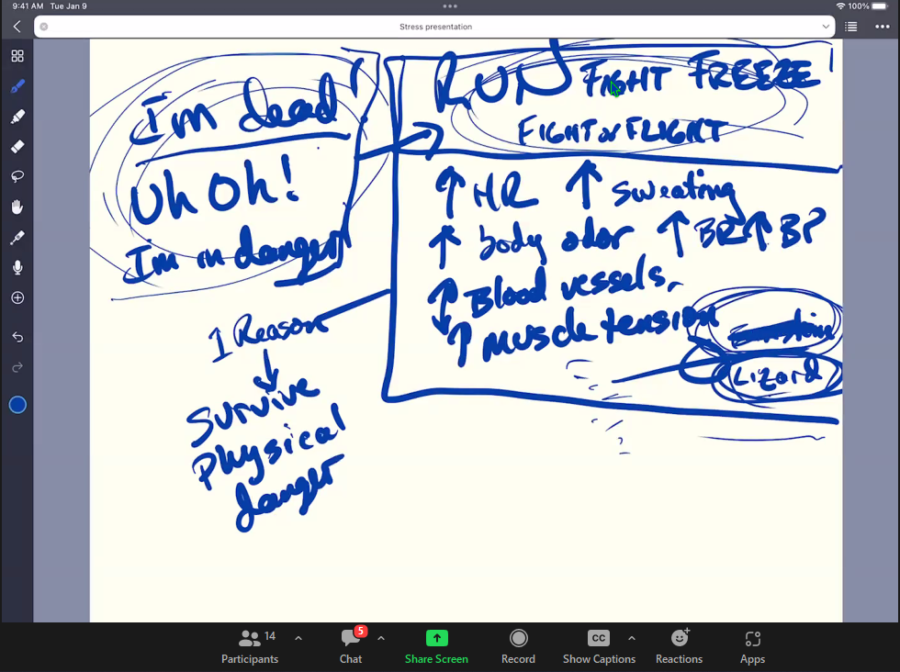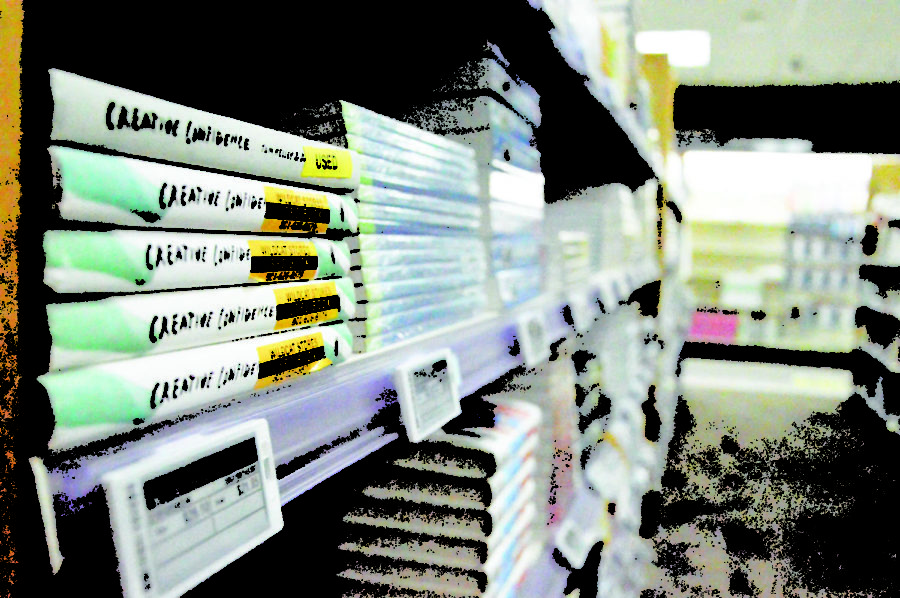At first glance, Amisi Singoma is like other 21-year-old men. He is a returned missionary for The Church of Jesus Christ of Latter-Day Saints who attends Utah Valley University and loves to dance.
But it’s his life before immigrating to Utah as a 16-year-old refugee that separates Singoma from most people. He was a Muslim child soldier in the 20-plus-year-long civil war in the Democratic Republic of the Congo, in which an estimated 5 million people were killed.
“For me, death became normal because I’ve seen so many people killed,” Singoma said.
He was about 11 years old when the military let him go. Although his parents were still alive, the war had separated his family, so he lived in an orphanage with other children.

“We (other child soldiers) would run from animals and had to provide our own food. We ate fruit and cooked dead animals and drank their blood to survive. It’s a normal thing for us. It takes a lot to survive,” Singoma said.
After his release from the military, Sigoma said his journey for a new life began. He made his way to a refugee camp in Tanzania, either by foot or catching rides along the way.
Singoma’s account as child soldier is a familiar story among other refugees who’ve fled countries like the Congo.
Refugees have been resettling in Utah since the 1970s, when the first influx of Vietnamese refugees arrived in Salt Lake City. Since then, the area has been home to thousands of refugees from many countries including Burma, Ethiopia, Somalia, Syria, Nigeria and the Congo.
With the recent increase of refugees needing to be resettled, Utah started placing refugees in other cities in an effort to expand their refugee program. Ogden was the first city chosen for the program.
Weber State University economics professor Jennifer Gnagey said Ogden City was initially ready to receive Syrian refugees when former President Barack Obama decided to admit more people, but then a “significant lag” occurred between then and when they were actually vetted.
Congolese account for approximately 25–30 percent of the annual refugee arrivals to Utah in recent years. But because of the lag in the arrival of Syrian refugees, all the immigrants who have been resettled in Ogden are from the Congo. About 65 Congolese refugees now call Ogden their home.
According to The United Nations Refugee Committee, there are approximately 65.3 million people in the world who have been forced from home. Among them are nearly 21.3 million refugees, over half of whom are under the age of 18.
Each year, countries are encouraged to take in refugees to help ease the crisis.

Gnagey worked part-time at Catholic Community Services in Ogden last summer after seeing a need and finding an interest in the refugee resettlement efforts. Catholic Community Services is one of two refugee resettlement agencies in Utah.
According to Gnagey, the U.S. president sets the annual refugee admission rate to the United States every year. The rate in the early 2000s was about 70,000 people for close to 10 years, until Obama raised it to 85,000 last year after the influx of refugees from Syria into Europe.
Gnagey said the rate was raised “because of the conflict in Syria and the toll it was taking on European countries and the need to resettle.”
Utah takes in about 1,000 refugees each year from various countries. The U.S. Code defines a refugee as “any person outside of the U.S. that is of special humanitarian concern to the U.S.” and “has a well-founded fear of persecution on account of race, religion, nationality, membership in a particular social group or political opinion.”
Singoma found it difficult to adjust to life in the U.S., and at one point, he even attempted to return to Africa. He said his most terrifying experiences in the U.S. were at night when it was peaceful and quiet.
“It was hard for me because I was used to chaos, and I had no way to protect myself. I was used to carrying guns, and they don’t allow me to do that here,” Singoma said.

Because of his experiences, living a calm life seemed to be an impossible task.
With the help of an American family who eventually received him, Singoma adjusted to his new life and later became a more active member of society.
His talent and love of dance allowed him to travel all over the U.S. as he danced for a Disney group. He finished high school, converted from Islam to Mormonism and later served a mission in Mississippi.
Besides improving his English skills, Singoma says he learned a lot on his mission.
“I realized a lot of things,” Singoma said. “I realized how important family is, and I realized how important education is, and now I just want to finish school so I can go back to my country and help.”
Not all who come to the U.S. are as fortunate as Singoma to have an American family help integrate them into society.
The United Nations High Commissioner’s office has put in place requirements that every country taking in refugees must fulfill to ensure refugees feel safe and are given the same opportunities to be successful in their new homes. The countries also have their own guidelines on top of that to govern how they deal with refugee resettlement.
“Governments have the essential role of establishing and maintaining effective resettlement programs, including services and support to assist resettled refugees to integrate into their new communities,” according to the UNHCR website.
Aden Batar, director of immigration and refugee resettlement for Catholic Community Services, stated that the community has been extremely helpful in the resettlement efforts in Ogden.
“They helped the refugees find jobs, helped the children with homework and the overall integration of refugees into the community,” Batar said, who also credited volunteers from the LDS church with assisting in the transition.
This is the first time another metropolitan area in Utah ― besides Salt Lake City ― started accepting refugees, and the new program in Ogden brought along its own challenges. Batar said finding housing was one of the main issues because landlords don’t lease without rental history or background checks.
Gnagey reiterated the same challenges she faced in trying to assist in Ogden’s resettlement efforts. Rent, for instance, is guaranteed only for the first six months, but the refugees often end up looking for employment and paying it off.
“It’s a totally new program in Ogden. In Salt Lake City, they have at least established a reputation for themselves … but here we have no history, so it was a little bit of a tough sell,” Gnagey said.
However, Batar is optimistic about the success of the newly resettled refugees and believes they will make the best of their new home.
“I think the community in Utah has been pretty receptive of them — and Ogden even more — I would say. The refugees go through a rigorous process, and they are safe once they are here,” Batar said.



